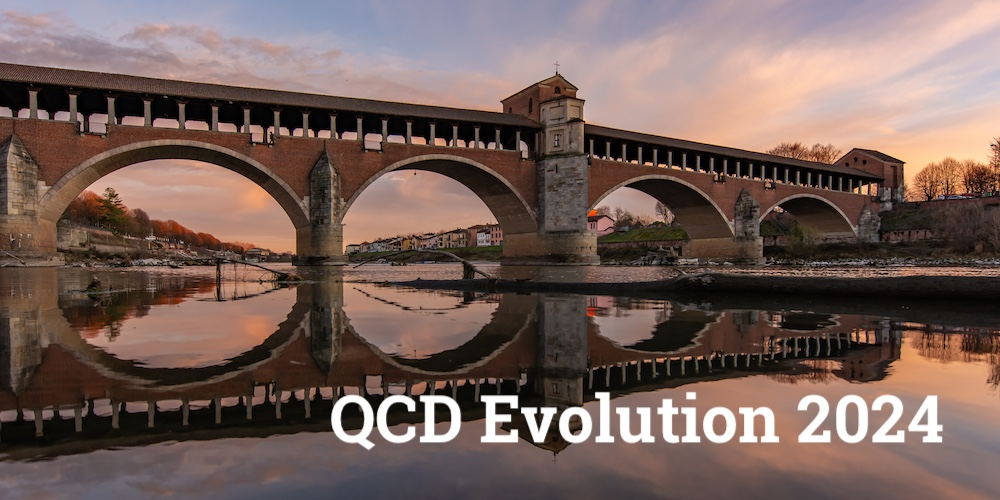Speaker
Description
The center-of-mass energies available at modern accelerators, such as the Large Hadron Collider (LHC), and at forthcoming generation accelerators, such as the Electron-Ion Collider (EIC), offer us a unique opportunity to investigate hadronic matter under the most extreme conditions ever reached. In particular, they allow access to the so-called \textit{Regge-Gribov} (or \textit{semi-hard}) limit of QCD, characterized by the scale hierarchy $s \gg \{Q^2 \} \gg \Lambda_{{ \rm{QCD}}}^2$, where $\sqrt{s}$ is the center-of-mass energy, $\{ Q \}$ a set of hard scales characterizing the process and $\Lambda_{{\rm{QCD}}}$ is the QCD mass scale. This kinematic limit is the stage where some of the most intriguing phenomena of strong interactions manifest themselves, such as the formation of a state of gluonic matter that is known under the name of \textit{color glass condensate} (CGC). This state is characterized by a high-density of particles possessing a color charge (color condensate), by a slow evolution compared to the natural time of the interaction and by a disordered field distribution (properties assimilable to those of a glass). The quest for the saturation regime constitutes one of the pillars of the EIC physics program and a stimulating opportunity for the LHC experiments. In order to reveal saturation, highly accurate theoretical predictions are therefore unavoidable
In this talk, I will present the full next-to-leading order results for the cross-sections of diffractive single- or double hadron photo- or electroproduction with large $p_T$, on a nucleon or a nucleus and a pioneering calculation of the exclusive diffractive production of a transversely polarized light-meson in $\gamma^{(*)}$ p collision, obtained in a framework mixing the higher-twist formalism of exclusive processes with the Balitsky shockwave effective theory of small-$x$ physics.

